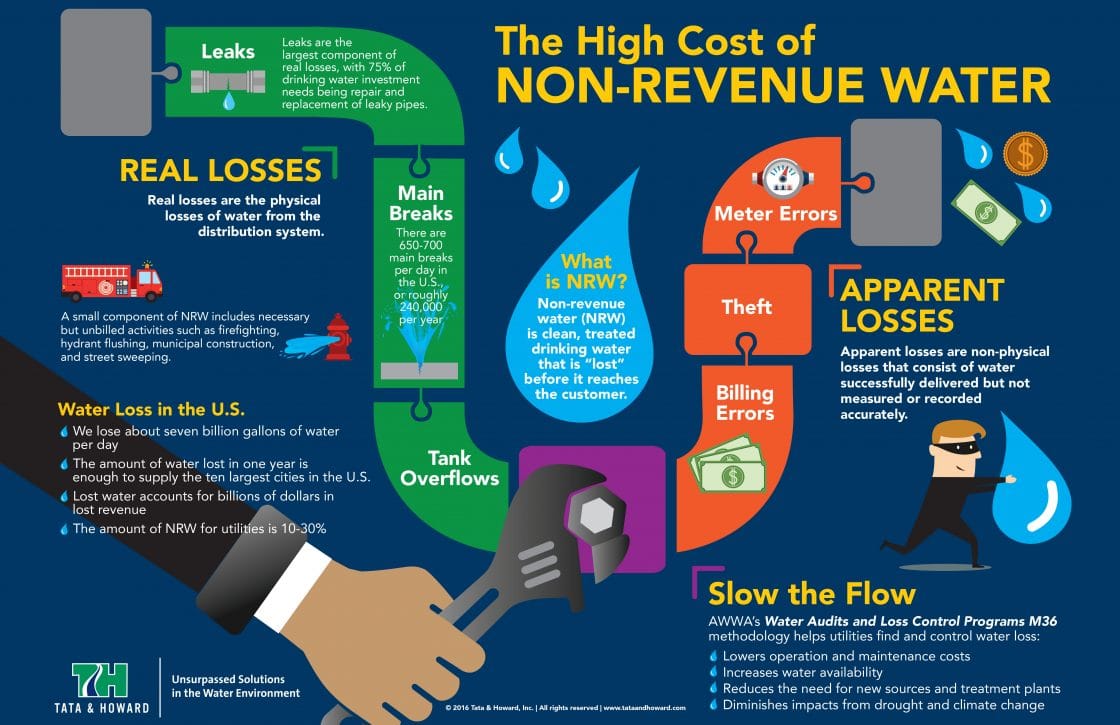Examining The Financial Aspects Of Solar Energy Setup: Is It A Worthwhile Investment?
Examining The Financial Aspects Of Solar Energy Setup: Is It A Worthwhile Investment?
Blog Article
Produced By-Gade Albertsen
When thinking about the costs of solar installment, you could wonder about the ahead of time financial investment needed and whether it lines up with the possible long-term advantages. Comprehending the details of these expenditures and the numerous factors influencing the overall return can clarify the worth proposal of transitioning to solar power. By reviewing both the initial arrangement costs and the predicted savings gradually, you can get understanding into whether the financial investment in solar installment holds promise for your monetary future.
Initial Arrangement Costs
When taking into consideration the expenses of solar installation, the first arrangement expenses play a vital function in your decision-making process. These upfront expenses include the cost of photovoltaic panels, inverters, installing devices, and installation labor.
The rate of solar panels can vary relying on the brand, efficiency, and dimension you pick. Inverters are necessary for transforming the sunlight's power into usable power and be available in various types such as string inverters, microinverters, and power optimizers, each with its own price ramifications.
Installing tools, such as shelfs and rails, is required to safely set up photovoltaic panels on your roof covering or building.
please click the next page covers the specialist setup of the planetary system, making sure that every little thing is established correctly and successfully. Keep in mind that while these first arrangement costs might appear high, there are frequently refunds, tax incentives, and financing options available to aid balance out the prices and make solar installation more affordable in the future.
Long-Term Financial Savings Analysis
To understand the financial advantages of solar setup gradually, it's critical to perform a comprehensive lasting savings evaluation. While the preliminary setup expenditures of photovoltaic panels may seem challenging, the long-lasting cost savings can surpass these expenses significantly. By taking advantage of the power of the sunlight to create electricity for your home, you can potentially conserve countless bucks on your utility bills over the life expectancy of your planetary system.
Among the essential variables to take into consideration in a long-term financial savings evaluation is the reduction in your electrical energy bills. With photovoltaic panels, you can produce your electrical energy, reducing and even eliminating your reliance on the grid. This can result in significant savings, especially as energy prices continue to increase.
Furthermore, lots of governments provide motivations such as tax obligation credit histories and rebates for setting up solar panels, better boosting your long-lasting savings. By benefiting from these motivations and maximizing your solar power manufacturing, you can delight in significant financial benefits for years to come.
Return on Investment Computation
Thinking about the monetary benefits of solar installation, it's time to assess the Roi (ROI) computation. Determining the ROI includes contrasting the total prices of mounting a planetary system with the financial advantages it produces over its life-span.
To compute ROI, divide the net profit from the system by the total investment cost and multiply by 100 to get a portion. The ROI formula is: (Net Earnings/ Total Investment Cost) x 100.
For example, if the total cost of installing a planetary system is $20,000, and over its lifespan, it produces cost savings and earnings totaling $30,000, the internet profit would be $10,000. Dividing this by the total financial investment cost of $20,000 gives a proportion of 0.5. Increasing just click the next document by 100 gives an ROI of 50%.
Generally, a greater ROI indicates an extra economically gratifying investment. Factors like government incentives, maintenance expenses, and energy cost fluctuations can affect the ROI of solar installations. Recognizing the ROI assists in evaluating whether buying solar energy deserves it in the long run.
Conclusion
To conclude, comprehending the prices of solar installation is critical for figuring out if it is worth the financial investment. By considering initial setup expenditures, conducting a long-lasting cost savings evaluation, and determining the roi, you can make an informed choice regarding the economic worth of solar power. With the possibility for reduced utility expenses and boosted energy independence, buying solar installment can be a smart option for both your wallet and the atmosphere.
